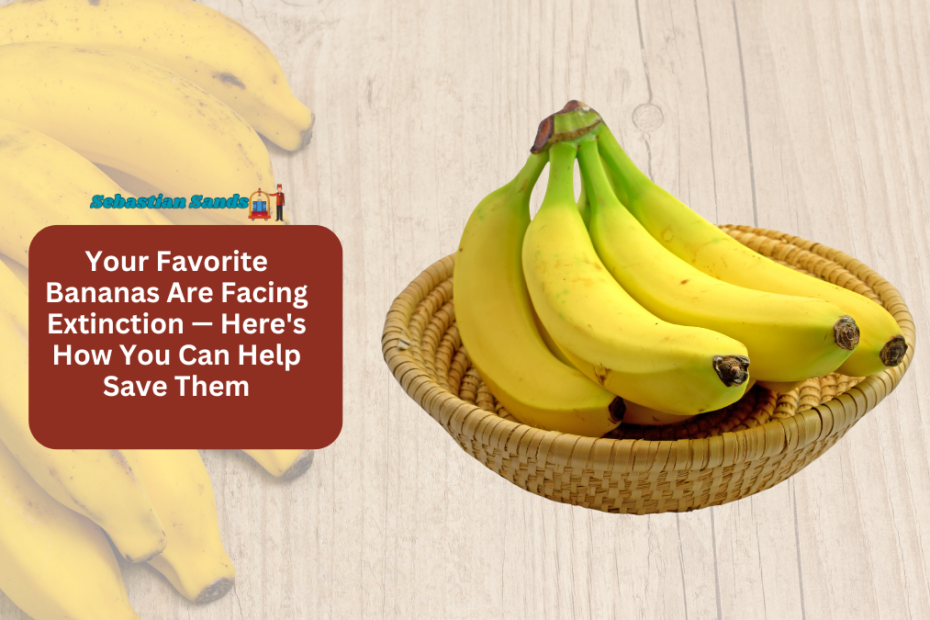The bananas you love with your breakfast, in smoothies, or on their own are in danger of disappearing. A fungal disease called Fusarium oxysporum or TR4 threatens the world’s most popular banana variety, the Cavendish.
This disease attacks the plant’s roots, causing it to rot and die, and without action, the future of bananas looks bleak. Fortunately, scientists are working hard to find a solution.
The Threat of TR4
For over three decades, TR4 has affected banana crops worldwide. However, in the last ten years, the fungus has spread more rapidly, reaching new regions, including Latin America, which supplies most of the bananas consumed in the global north.
Fernando García-Bastidas, a researcher in plant health, explains the gravity of the situation: “Bananas are among the most important fruits in the world and a major staple for millions. The current TR4 pandemic could severely impact food security.”
Read More : Michelin-Starred Chef Joins Maggiano’s To Elevate The Menu With New Dishes
The Cavendish Banana’s History
The bananas we eat today, the Cavendish variety, were bred to be disease-resistant after a similar fungal outbreak in the 1950s nearly wiped out the Gros Michel banana. This variety was once the world’s favorite.
As Li-Jun Ma, a biochemistry and molecular biology professor at UMass Amherst, explains, “The kind of banana we eat today is not the same as the one your grandparents ate. Those old ones, the Gros Michel bananas, are functionally extinct.”
For decades, the Cavendish banana was resistant to diseases. Still, this new outbreak of banana wilt has spread from Southeast Asia to Africa and Central America, threatening the world’s banana supply again.
New Research Offers Hope
In August, a global team of researchers published new findings in Nature Microbiology, shedding light on why the Cavendish is now vulnerable. According to the study, this new strain of TR4 differs from the strain that caused the first banana crisis in the 1950s.
Ma and his team have spent the last decade studying this outbreak and discovered that the current strain is driven by “strain-specific accessory genes” in addition to a shared core genome.
Their research identified nitric oxide production as a key factor in TR4’s virulence. When two genes responsible for nitric oxide production were eliminated, the fungus’s strength was greatly reduced.
While the exact reasons why this contributes to the new outbreak remain unclear, the discovery opens new possibilities for controlling and possibly stopping TR4.
Read More : Olive Garden Brings Back Two Fan-Favorite Dishes After Years Off the Menu
The Bigger Problem: Monocropping
Even with the genetic findings, the most pressing issue is the practice of monocropping — planting the same crop in the same fields year after year. This lack of diversity leaves crops like bananas highly vulnerable to diseases. “When there’s no diversity in a huge commercial crop, it becomes an easy target for pathogens,” Ma explains.
How You Can Help?
You can do something simple to help prevent bananas’ extinction: diversify your banana choices. Ma encourages consumers to try different banana varieties, such as the Gros Michel, Nam Wah, or Mysore bananas at specialty stores. By doing this, you can support farmers who grow different varieties, reducing the risk posed by monocropping and helping ensure a future for bananas.
Next time you’re grocery shopping, opt for a different banana variety. Not only will you help preserve banana biodiversity, but you’ll also be supporting farmers and contributing to the global effort to protect one of the world’s most beloved fruits.
